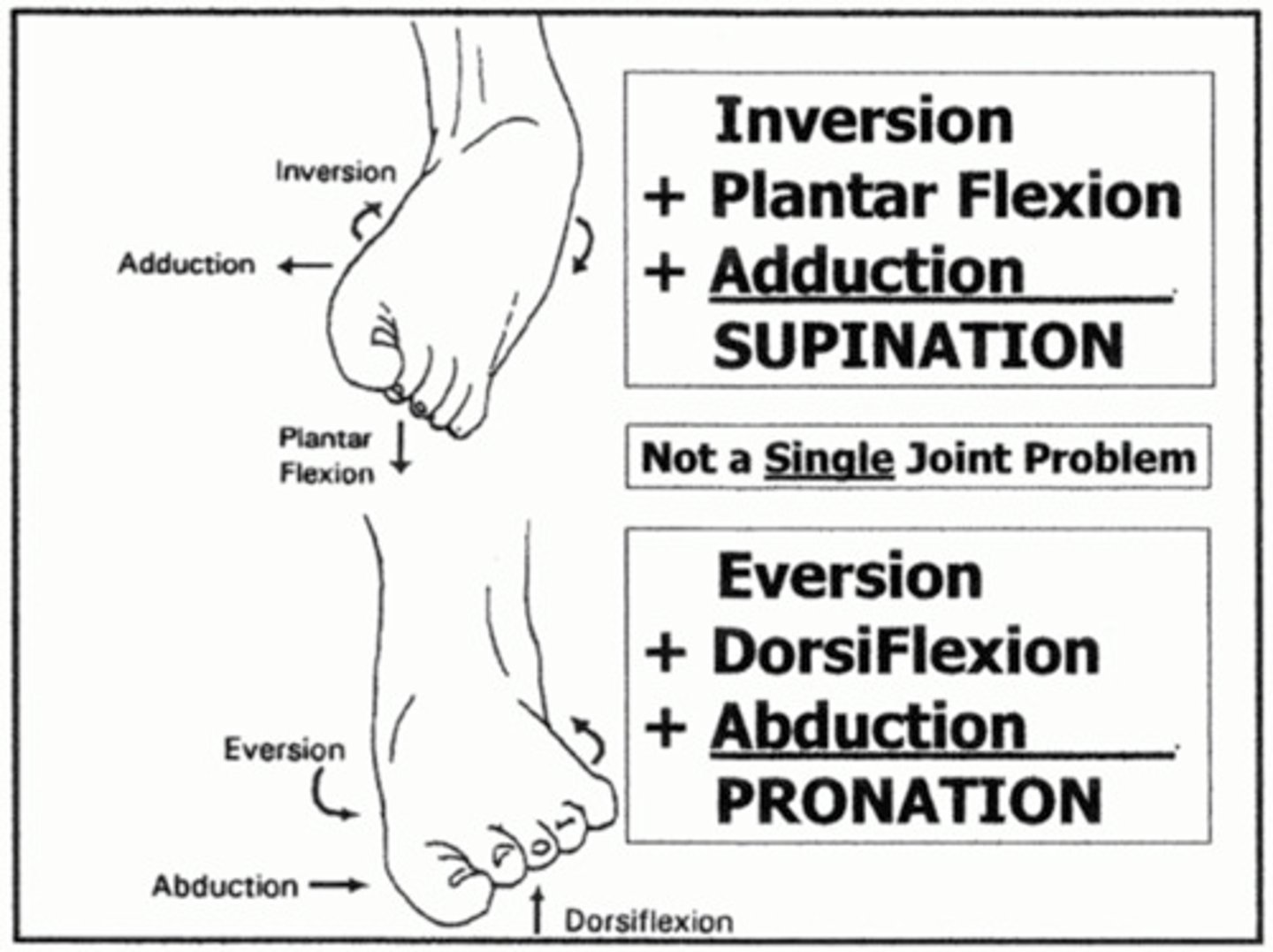Anatomical Terms of Motion - BPK 326
1/14
There's no tags or description
Looks like no tags are added yet.
Name | Mastery | Learn | Test | Matching | Spaced |
|---|
No study sessions yet.
15 Terms
anatomical terms of movement
described in relation to anatomical position
- most movements occur at joints (where 2 bones meet)
- non-skeletal elements also move (tongue, eyelids, eyes)
- like anatomical terms of direction or positional relationship, terms of movements are often considered as pairs of opposing movements
flexion
movement that reduces the joint angle
- angle between 2 bones or parts
- joint angle is small
extension
movement that increases joint angle
- joint angle is large
elbow flexion full movement
type of movement: flexion
body part moving: elbow
anatomical plane: sagittal (left and right)
axis which they occur: frontal (medial/lateral)
- flexion of the forearm at the elbow occurs in the sagittal plane, about the medial-bilateral axis (frontal axis)
abduction
movement away from midline
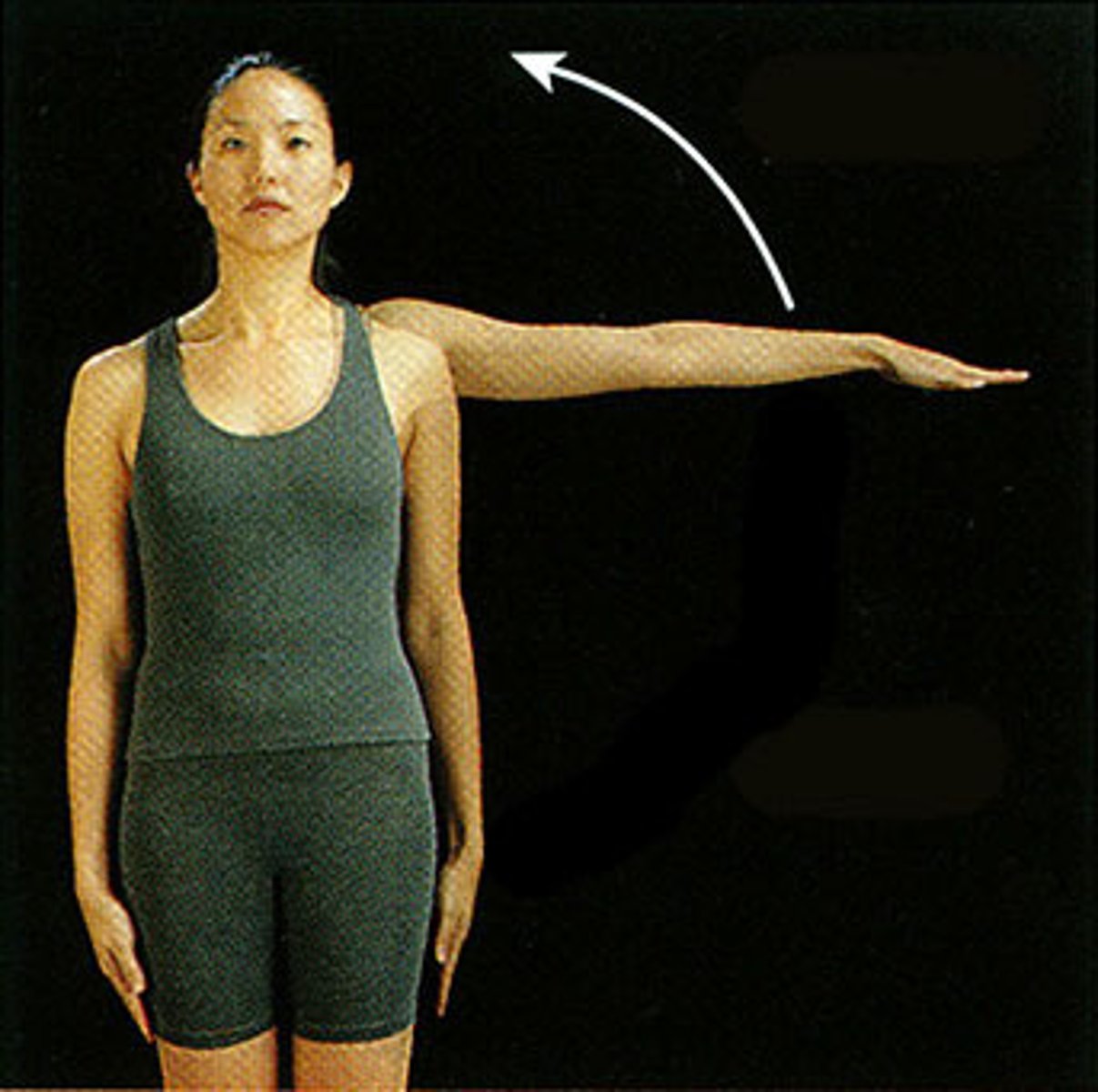
adduction
movement toward the midline
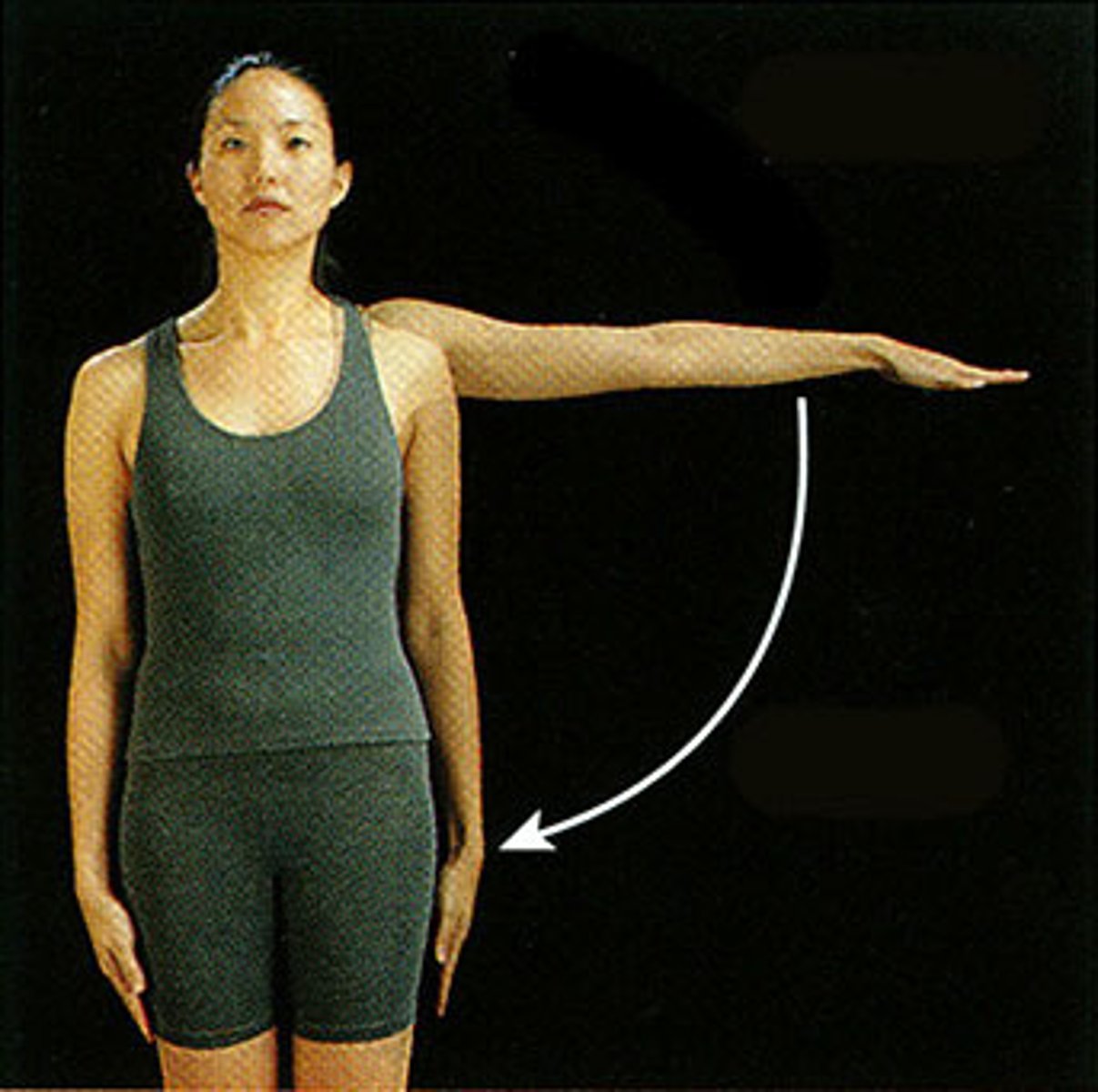
medial (internal) rotation
rotation of the anterior surface toward the midline
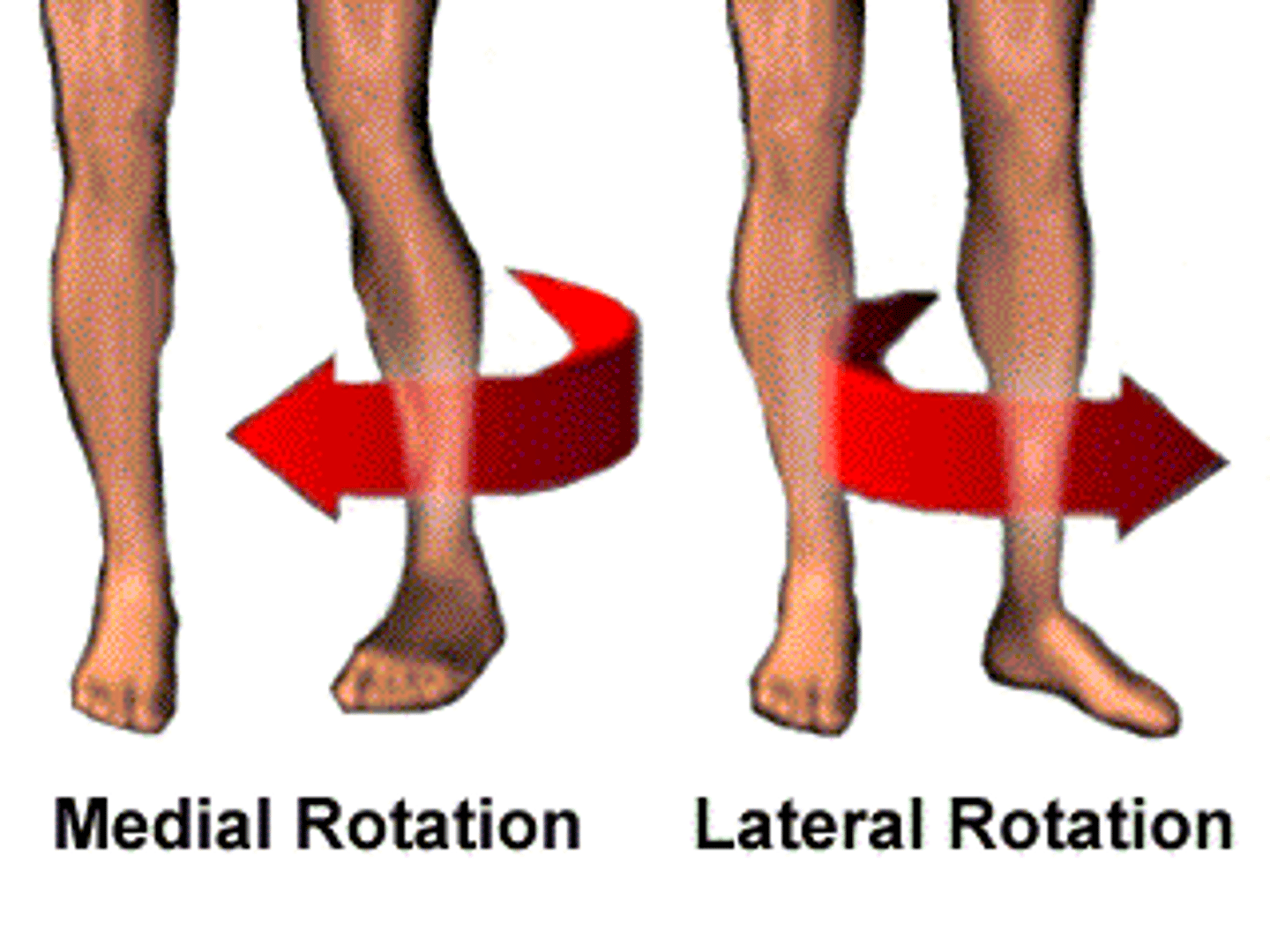
lateral (external) rotation
rotation of the anterior surface away from the midline

recursion/protrusion
movements of the jaw
protrusion - jaw outward
recursion - jaw inward
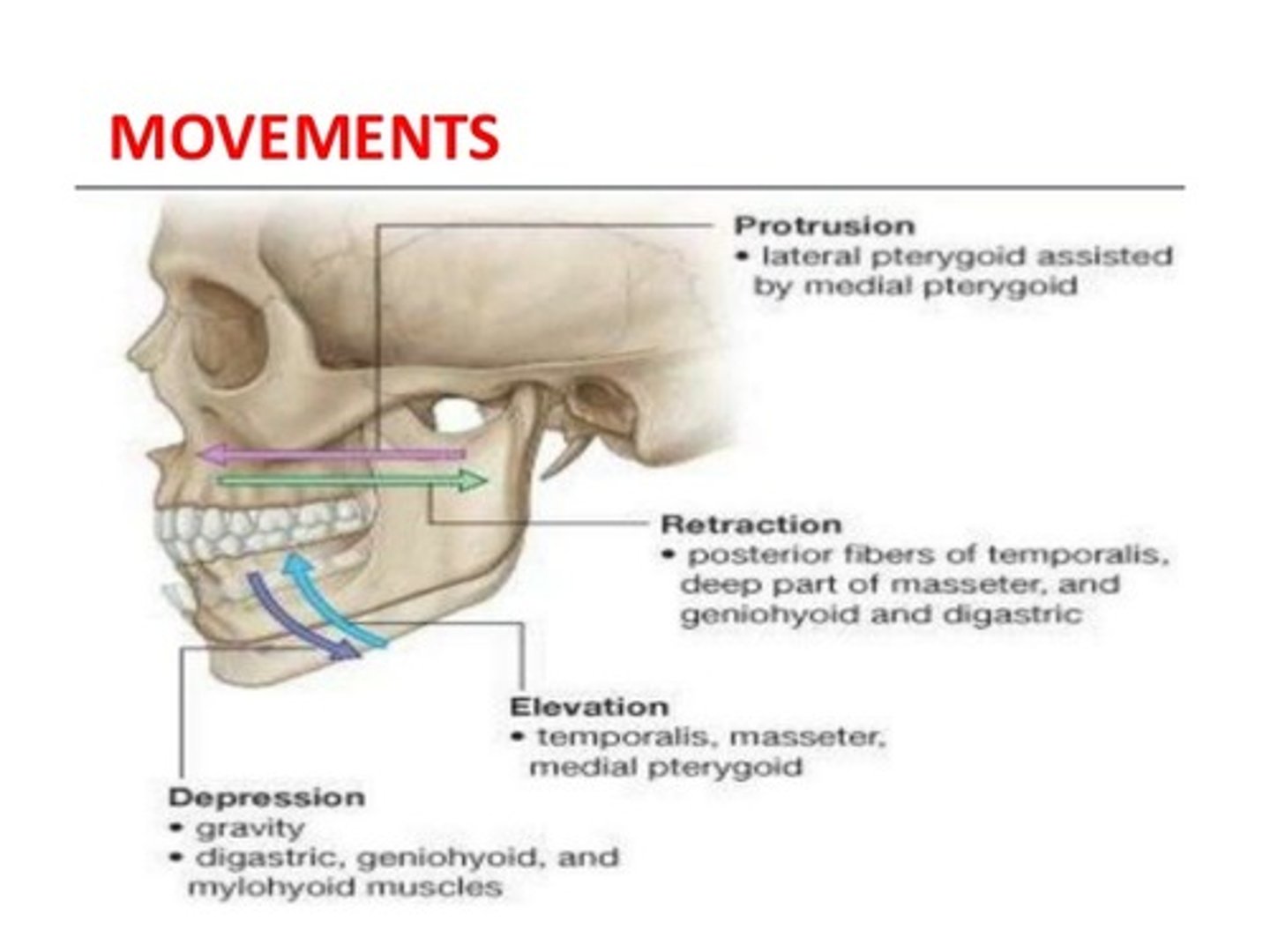
protraction/retraction
movement of the scapula
- sliding on the posterior thoracic wall, not at a true joint
protraction - arms together
retraction - pull shoulder blades together
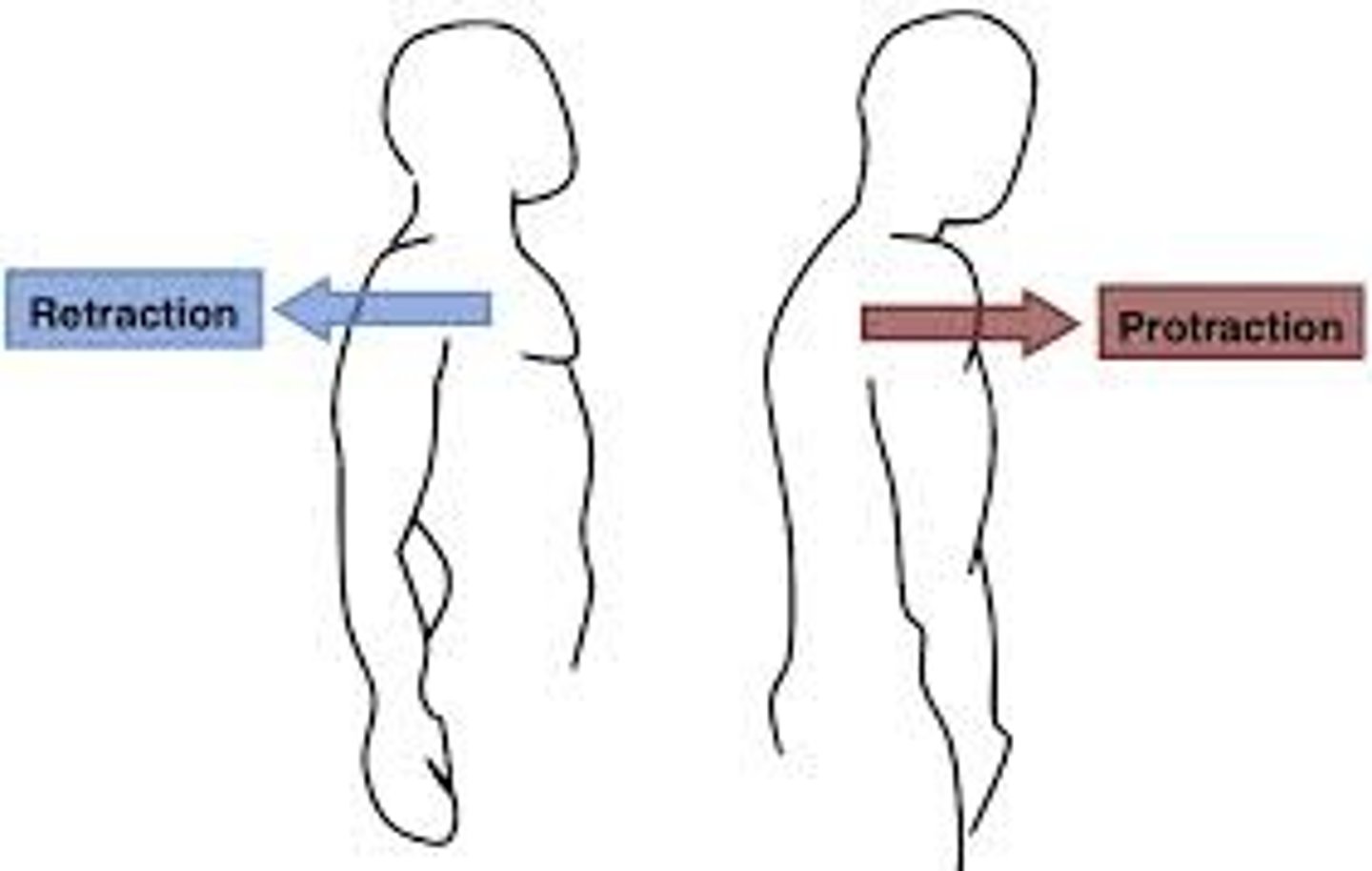
hand movements - extension / flexion
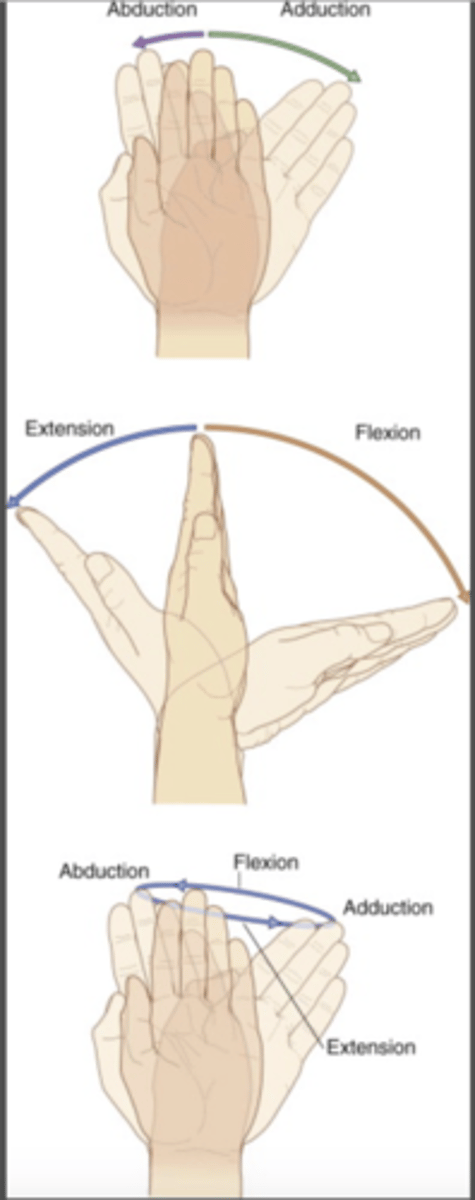
hand movements - opposition / reposition
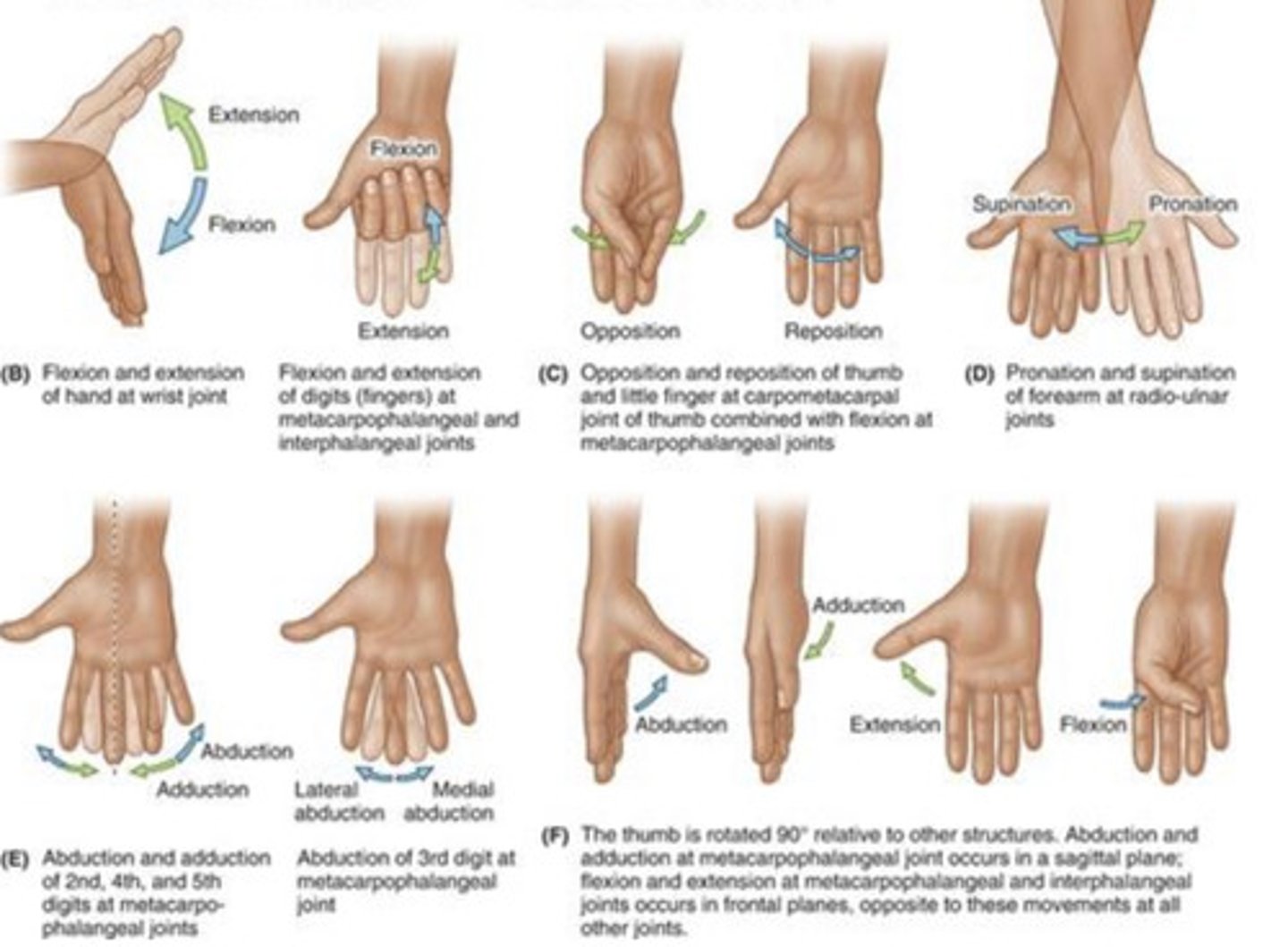
foot movements - plantar flexion / dorsiflexion
at ankle joint

foot movements - eversion / inversion
at subtalar joint
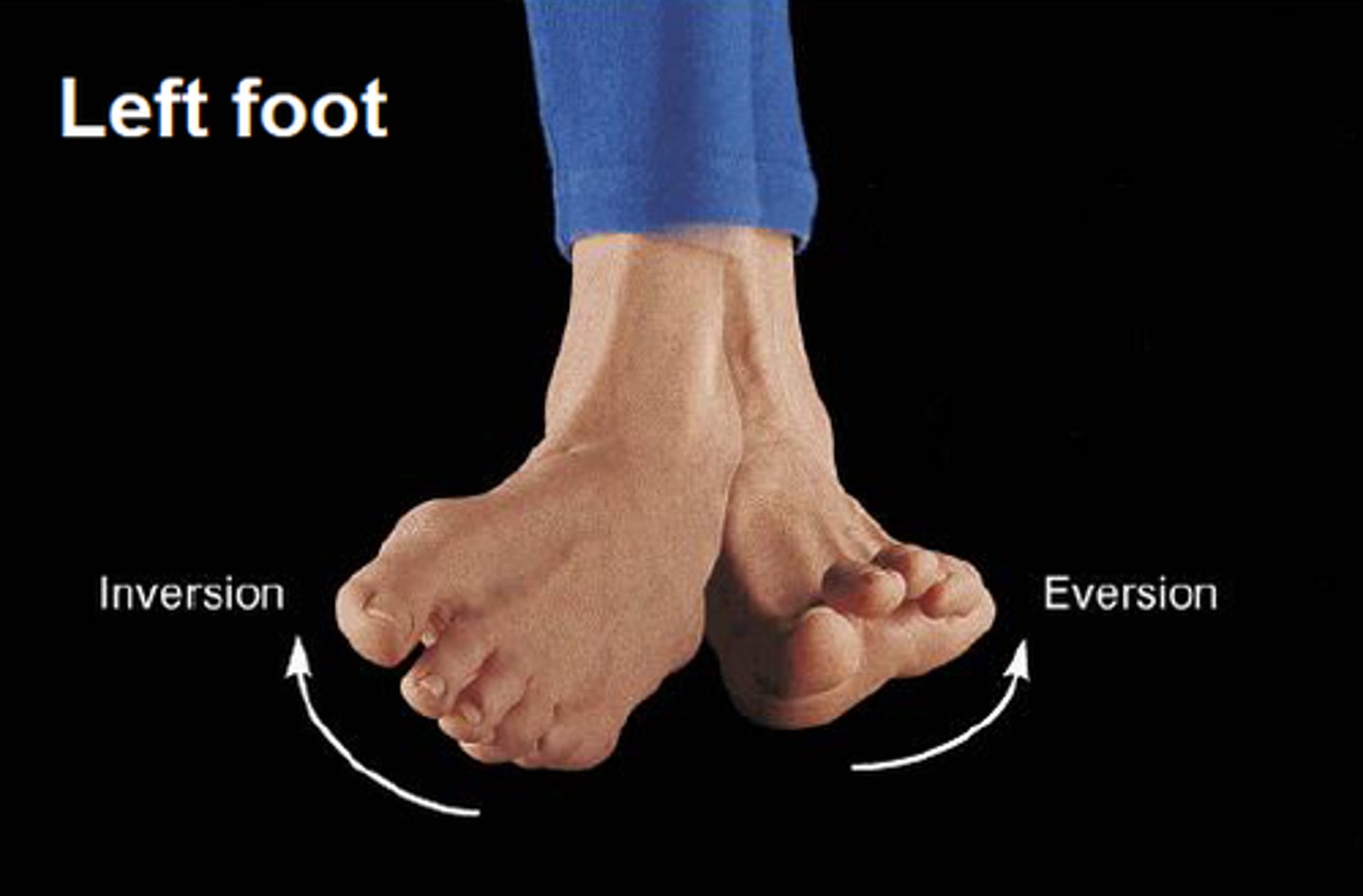
foot movements - pronation/supination
